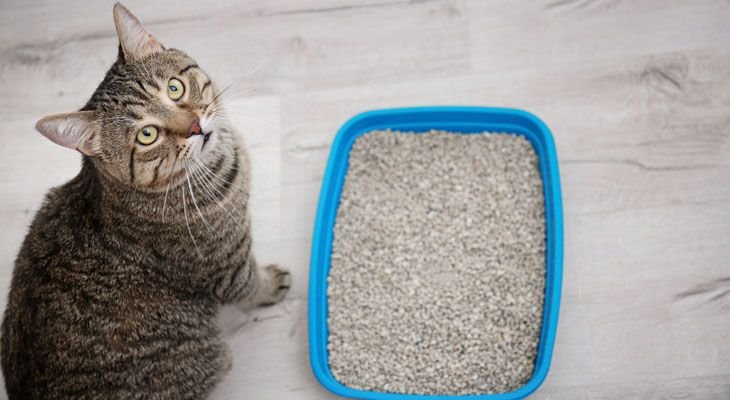
A cat’s urinary system can be negatively affected due to a variety of reasons, including suffering from an endocrine disease, such as diabetes mellitus and hyperthyroidism. More often, however, the cause of a urinary problem is a feline lower urinary tract disease (FLUTD). When problems with the urinary tract occur, they can prevent the bladder from completely or properly emptying and may even lead to a blockage of the tube connecting the bladder to the outside of the body (urethra).
What Is Feline Lower Urinary Tract Disease?
Rather than being a singular problem, FLUTD refers to a group of clinical symptoms that affect the urinary bladder and/or urethra, such as:
- Painful urination
- Frequent urination
- Blood in the urine
It can be brought on by a urinary tract blockage, cancer, infection or bladder stones. If the cause of the above symptoms cannot be pinpointed even after the cat is tested, the symptoms are likely associated with cystitis, which is an inflammation of the bladder.
Causes and Symptoms of Urinary Tract Problems
Urinary tract problems can arise for a number of reasons. Many of the causes are the same as those associated with FLUTD and may include:
- Urethral blockage (due to urinary tract stones, which result when crystals and debris gather in the bladder or urethra)
- Bladder infection
- Inflammation of the bladder
- Injury to the urinary tract
- Tumor in the urinary tract
- Spinal cord injury
- Congenital defect
- Weak bladder
Just like with FLUTD, many of the symptoms related to urinary tract conditions are similar. They may include:
- Trouble urinating
- Passing only a small quantity of urine
- Cloudy urine or blood in the urine
- Inability to retain control of the bladder (can lead to leaking)
- Infrequent urination or increased frequency of urination
- Struggling or meowing when attempting to pass urine
- Continuously licking the urinary opening
- Smelly urine (typically an ammonia odor)
- Attempting to avoid urinating
- Fatigue
- Nausea and/or vomiting
- Firm, bloated abdomen
When to See a Veterinarian and Why
If your cat is displaying any of the above symptoms, you should take him or her to see your feline veterinarian right away. If left untreated, partial or complete obstruction of the urethra can occur and inhibit a cat from urinating. If your cat is unable to pass urine, he or she can rapidly develop kidney failure or the bladder may burst—either can result in death.
Diagnosing and Treating Urinary Tract Problems
Problems with the urinary tract can be diagnosed via a physical exam and/or imaging tests (i.e. radiographs or ultrasound) and by examining blood and urine samples under a microscope.
Depending on the cause, a variety of medical therapies can be implemented or suggested:
- Draining the bladder of urine (aspiration or with a catheter)
- Antibiotics (if an infection is present)
- Medications for pain and inflammation
- Medication to dissolve the acid and debris causing urinary stones
- Changes in diet
- Introducing fluids
- Surgery to correct a congenital defect or to remove a tumor or bladder stones
If your cat is suffering from a urinary condition or is exhibiting any of the symptoms discussed above, please call us, so we can help diagnose and treat your pet.

